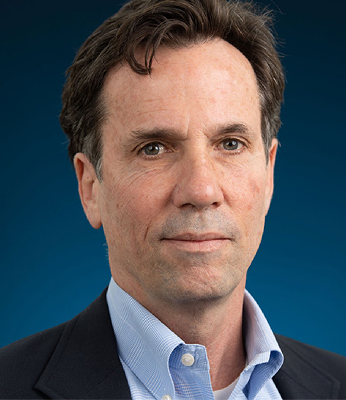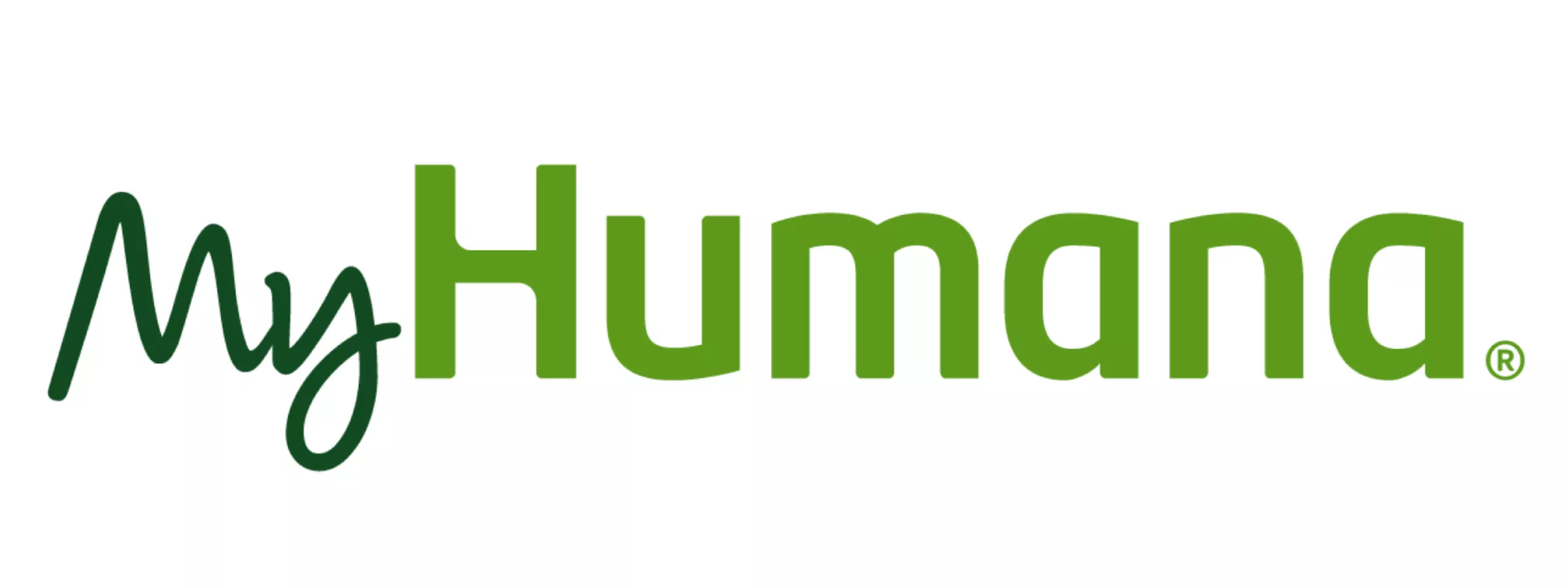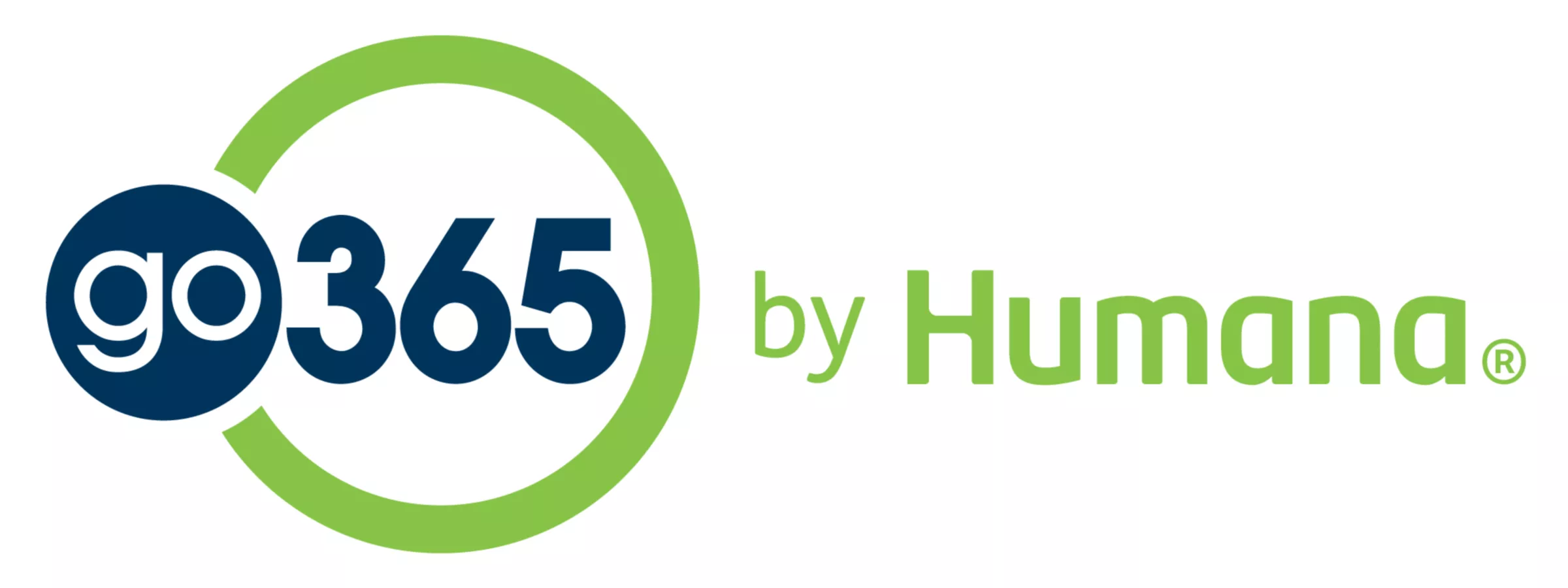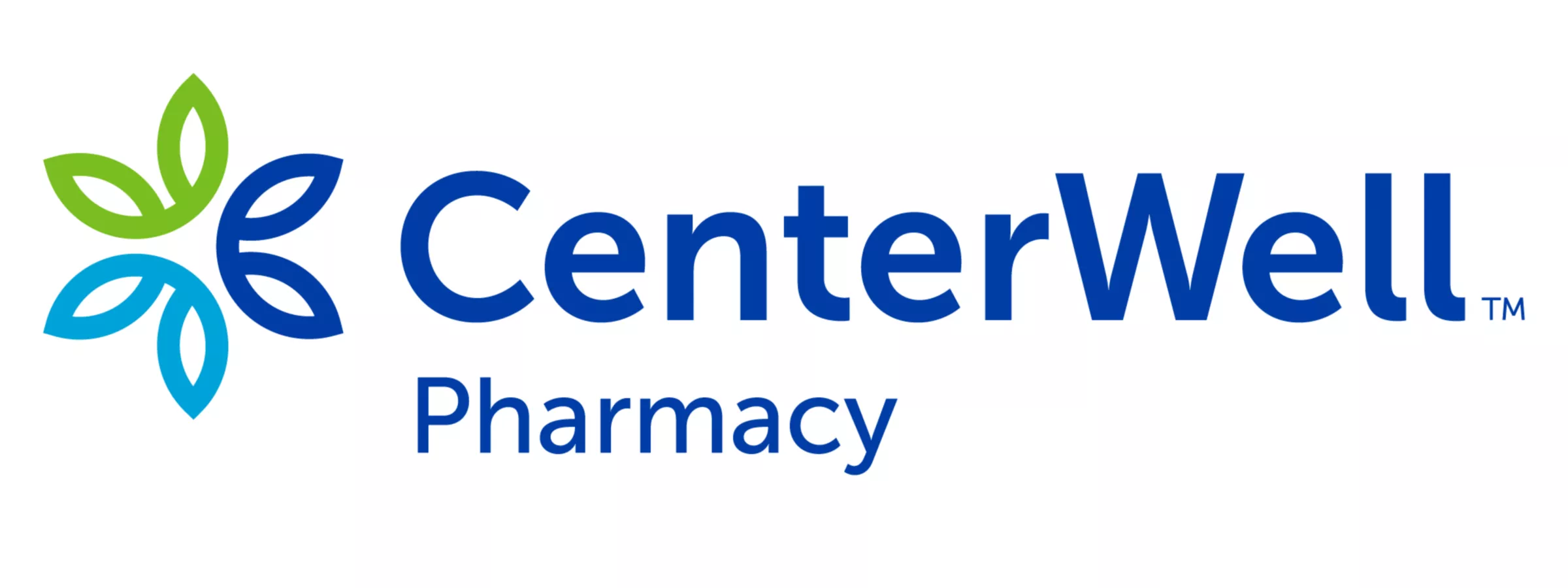Healthcare coverage costs have been rising steadily over the past several years, impacting plan members and organizations. Consider the increase in the average total premium per employee: this jumped from $4,940 for single coverage in 2010 to $7,590 in 2022, while family coverage rose from $13,871 in 2010 to $21,931 in 2022.1
Small and midsize organizations are especially hard hit by rising healthcare costs. According to the National Federation of Independent Business, nearly half (49%) of small businesses report taking a lower profit or suffering a loss in order to afford health insurance premiums as a result of price increases.2

In principle, large employers have a greater ability to influence healthcare costs, says health economist Tom Buchmueller. “They can dig into the data and try to figure out how to get better contracts…they can institute programs that maybe reduce spending in different ways,” says Buchmueller, a professor of Business Economics and Public Policy at the University of Michigan.
Small and midsize organizations don’t have this flexibility. They also don’t have as many areas where they can make cuts when they’re negatively impacted by escalating costs, according to Cindy Walsh, Humana’s national Group Medicare sales director for middle markets and labor relations.
“If rising healthcare costs become a factor, midsize businesses are going to be much more disadvantaged versus a larger plan sponsor,” she says.
The impact
The fallout from higher healthcare coverage expenditures can impact organizations, employees and retirees in different ways.
Walsh points to the opportunity cost. “Rising healthcare costs take away from other things that businesses want to do,” she says, citing IT spending, recruitment, and the ability to provide richer benefits as examples. Organizations that are forced to spend more on healthcare may also need to cut staff. “This puts more pressure on all the remaining folks who are working to subsidize retiree healthcare costs,” says Walsh.
Rising premiums can also have a significant impact on retirees with a company pension. “Healthcare and pensions go hand in hand, and if one’s going up, the other has to go down for businesses to maintain a balanced budget,” says Walsh. She adds that many plan sponsors allow retirees to pay for rising premiums through pension deductions—as costs continue to climb, more retirees may be forced to choose this option.
The burden
The strain of rising healthcare costs is often felt by HR departments in small and midsize organizations, which are typically less well-resourced than those of larger organizations.
This burden will likely increase, given that 10,000 people are aging into Medicare every day.3 According to Walsh, some organizations are facing a situation where the number of retirees will outnumber active employees. A recent Washington Post article confirms this, stating that “the ranks of retirees are growing much faster today than the number of new workers.”4
“We have to be cognizant of the larger priorities for HR,” says Walsh. “The more cost effective and the fewer issues that arise from the retiree plan, the more time they have to be able to continue focusing their active employees.”
All these factors reinforce the need for cost-effective retiree plans that can serve the needs of midsize organizations.
The solution

“Healthcare and pensions go hand in hand, and if one’s going up, the other has to go down for businesses to maintain a balanced budget.”
By providing insights into their membership, as well as comprehensive coverage options, Group Medicare Advantage plans represent a solution for midsize organizations that need to better control overall healthcare costs.
Midsize employers should seek out plans that assist members in managing their medical conditions while also providing reports to plan sponsors, says Walsh. This allows plan sponsors to gain a better understanding of their membership, which can help guide future decision making. For example, reporting could allow plan sponsors to see if members are visiting hospitals that are higher cost but have worse outcomes.
“[Plan sponsors] can then determine if there’s an education component they can offer those members,” says Walsh. In turn, this could prompt members to make decisions that would ultimately translate into lower costs for plan sponsors.
For midsize organizations struggling to keep up with rising healthcare coverage costs, there are many reasons to opt for Group Medicare Advantage. Medicare Advantage plans offer all the benefits of Original Medicare while also having the ability to provide homecare visits, social service check-ins, dental and vision coverage, and other health and wellness benefits.
Medicare Advantage plans can also integrate pharmacy services with clinical services, providing additional insights into member behavior that may help prevent costly medication errors or adverse drug events.
“This is all being done, not only for the good of the member, but for the good of the plan sponsor trying to provide lifelong coverage for their retirees,” say Walsh.
- Adam Grundy, Kevin McLain, and Yi Zelibor, “How Many U.S. Businesses Offer Health Insurance to Employees?” United States Census Bureau, last accessed March 18, 2025, https://www.census.gov/library/stories/2024/02/health-care-costs.html
- “New Health Care Rule Restricts Coverage Choices,” National Federation of Independent Business, last accessed March 18, 2025, https://www.nfib.com/news-article/new-health-care-rule-restricts-coverage-choices/
- “The Aging Readiness & Competitiveness Report,” AARP, last accessed March 28, 2025, https://www.aarpinternational.org/initiatives/aging-readiness-competitiveness-arc/united-states
- Alyssa Fowers and Kevin Schaul, “The boomers are retiring. See why that’s bad news for workers.” The Washington Post, July 1, 2024, accessed March 18, 2025, https://www.washingtonpost.com/technology/interactive/2023/aging-america-retirees-workforce-economy/


